50g
Showing 951–1000 of 1859 results
-

Diethyl Sulfone
$1,288.58 Add to cart View Product DetailsMolecular Formula : C4 H10 O2 S
-
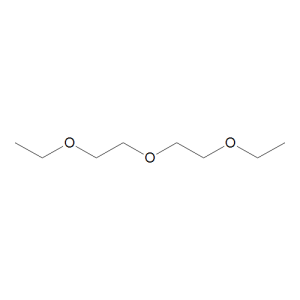
Diethylene Glycol Diethyl Ether
$199.24 Add to cart View Product DetailsMolecular Formula : C8 H18 O3
-

Diethylene Glycol Dimethacrylate
$71.59 Add to cart View Product DetailsMolecular Formula : C12H18O5
-

Diethylene Glycol Monolaurate (>90%)
$1,718.96 Add to cart View Product DetailsMolecular Formula : C16 H32 O4
-

Diethylenetriamine
$244.95 Add to cart View Product DetailsMolecular Formula : C4H13N3
-

Difluoromethylthioacetic Acid Potassium Salt
$866.81 Add to cart View Product DetailsMolecular Formula : C3H3F2KO2S
-

Diglycerol (Mixture of Isomers)
$144.04 Add to cart View Product DetailsMolecular Formula : C6H14O5
-
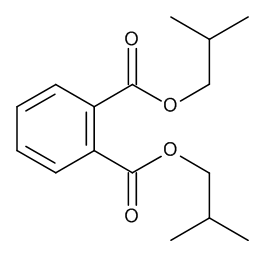
Diisobutyl Phthalate
$181.13 Add to cart View Product DetailsMolecular Formula : C16 H22 O4
-
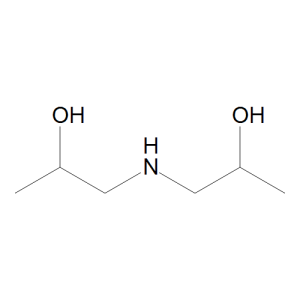
Diisopropanolamine
$56.06 Add to cart View Product DetailsMolecular Formula : C6 H15 N O2
-

Dilauroyl Peroxide
$88.84 Add to cart View Product DetailsMolecular Formula : C24H46O4
-
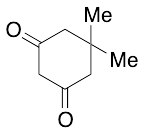
Dimedone
$60.38 Add to cart View Product DetailsMolecular Formula : C8H12O2
-
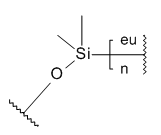
Dimethicone ~4000 (Polydimethylsiloxane)
$225.98 Add to cart View Product DetailsMolecular Formula : C3H9Si(C2H6OSi)nCH3
-

Dimethyl (3-phenoxy-2-oxoproyl)phosphonate
$1,446.41 Add to cart View Product DetailsMolecular Formula : C11H15O5P
-
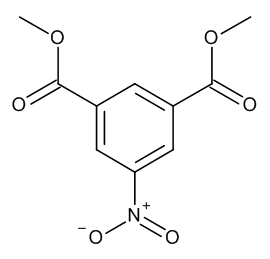
Dimethyl 5-Nitroisophthalate
$82.80 Add to cart View Product DetailsMolecular Formula : C10 H9 N O6
-

Dimethyl Azelate
$278.59 Add to cart View Product DetailsMolecular Formula : C11H20O4
-

Dimethyl Glutaconate (~10% Cis)
$402.79 Add to cart View Product DetailsMolecular Formula : C7H10O4
-
Dimethyl Maleate
$250.13 Add to cart View Product DetailsMolecular Formula : C6 H8 O4
-
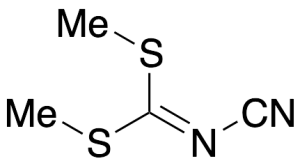
Dimethyl N-Cyanodithioiminocarbonate
$157.84 Add to cart View Product DetailsMolecular Formula : C4H6N2S2
-
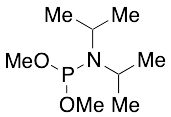
Dimethyl N,N-Diisopropylphosphoramidite
$1,675.84 Add to cart View Product DetailsMolecular Formula : C8 H20 N O2 P
-

Dimethyl Phosphite
$166.46 Add to cart View Product DetailsMolecular Formula : C2H7O3P
-
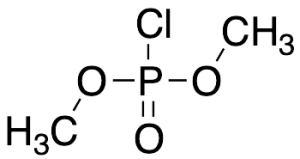
Dimethyl Phosphorochloridate (90%)
$1,252.35 Add to cart View Product DetailsMolecular Formula : C2 H6 Cl O3 P
-
Dimethyl Sulfone
$76.76 Add to cart View Product DetailsMolecular Formula : C2 H6 O2 S
-

Dimethyl Sulfoxide-d6, 99.9 Atom Percent D
$476.97 Add to cart View Product DetailsDimethyl Sulfoxide-d6, 99.9 Atom Percent D
-

Dimethyl Sulfoxide-d6, 99.9 Atom Percent D, Contains 0.05 Percent TMS
$488.01 Add to cart View Product DetailsDimethyl Sulfoxide-d6, 99.9 Atom Percent D, Contains 0.05 Percent TMS
-

Dimethyl Yellow
$174.23 Add to cart View Product DetailsMolecular Formula : C14 H15 N3
-
Dioctadecyl 3,3’-Thiodipropionate
$94.01 Add to cart View Product DetailsMolecular Formula : C42 H82 O4 S
-

Dioctyloxotin >90%
$70.73 Add to cart View Product DetailsMolecular Formula : C16H34OSn
-

Diphenyl Carbonate
$114.71 Add to cart View Product DetailsMolecular Formula : C13 H10 O3
-
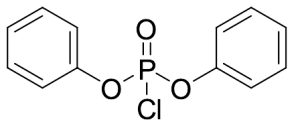
Diphenyl Chlorophosphonate
$72.45 Add to cart View Product DetailsMolecular Formula : C12H10ClO3P
-
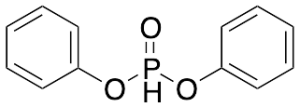
Diphenyl Phosphite
$103.50 Add to cart View Product DetailsMolecular Formula : C12H11O3P
-

Diphenyl Sulfide
$77.63 Add to cart View Product DetailsMolecular Formula : C12 H10 S
-
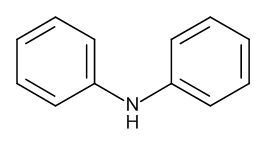
Diphenylamine
$367.43 Add to cart View Product DetailsMolecular Formula : C12 H11 N
-
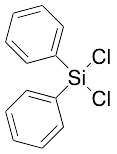
Diphenyldichlorosilane
$109.54 Add to cart View Product DetailsMolecular Formula : C12H10Cl2Si
-

Dipropyl Sulfate
$233.74 Add to cart View Product DetailsMolecular Formula : C6H14O4S
-
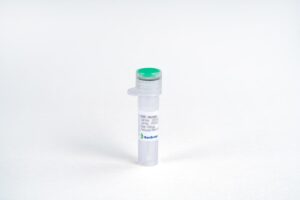
DKK-1, Human
$146.63 Add to cart View Product DetailsDickkopf related protein 1 (DKK-1) is a chemokine that belongs to the DKK protein family, which also includes DKK-2, DKK-3 and DKK-4. DKK-1 was originally identified as a Xenopus head forming molecule that behaves as an antagonist for Wnt signaling. It is one of the most up-regulated genes during androgen-potentiated balding, with DKK-1 messenger RNA up-regulated a few hours after DHT treatment of hair follicles at the dermal papilla in vitro. Neutralizing bodies against DKK-1 reverses DHT effects on outer root sheath keratinocytes. DKK-1 expression is attenuated by L-threonate, a metabolite of ascorbate in vitro. DKK-1 promotes LRP6 internalization and degradation as it forms a ternary complex with the cell surface receptor Kremen. DKK-1 not only functions as a head inducer during development, but also regulates joint remodeling and bone formation, which indicate sits role in the pathogenesis of rheumatoid arthritis and multiple myeloma.
-
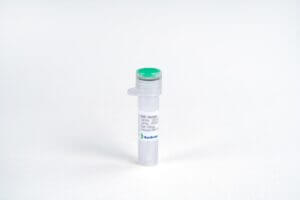
DKK-1, Mouse
$271.69 Add to cart View Product DetailsDickkopf related protein 1 (DKK-1) is a chemokine that belongs to the DKK protein family, which also includes DKK-2, DKK-3 and DKK-4. DKK-1 was originally identified as a Xenopus head forming molecule that behaves as an antagonist for Wnt signaling. It is one of the most up-regulated genes during androgen-potentiated balding, with DKK-1 messenger RNA up-regulated a few hours after DHT treatment of hair follicles at the dermal papilla in vitro. Neutralizing bodies against DKK-1 reverses DHT effects on outer root sheath keratinocytes. DKK-1 expression is attenuated by L-threonate, a metabolite of ascorbate in vitro. DKK-1 promotes LRP6 internalization and degradation as it forms a ternary complex with the cell surface receptor Kremen. DKK-1 not only functions in head formation during development, but also regulates joint remodeling and bone formation indicating its potential role in the pathogenesis of rheumatoid arthritis and multiple myeloma.
-

DL-2-Pyrrolidone-5-carboxylic Acid
$225.11 Add to cart View Product DetailsMolecular Formula : C5H7NO3
-
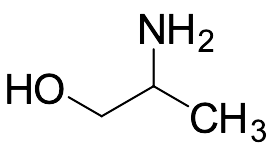
DL-Alaninol
$160.43 Add to cart View Product DetailsMolecular Formula : C3H9NO
-
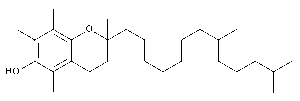
dl-Alpha-Tocopherol
$229.43 Add to cart View Product DetailsMolecular Formula : C29 H50 O2
-

dl-Alpha-Tocopherol Acetate
$253.58 Add to cart View Product DetailsMolecular Formula : C31 H52 O3
-
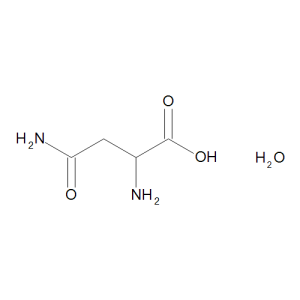
DL-Asparagine Monohydrate
$214.76 Add to cart View Product DetailsMolecular Formula : C4 H8 N2 O3 . H2 O
-
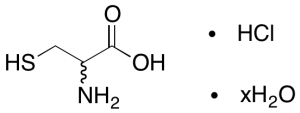
DL-Cysteine Hydrochloride Hydrate
$239.78 Add to cart View Product DetailsMolecular Formula : C3H7NO2S .HCl .xH2O
-
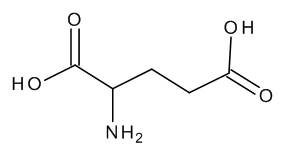
DL-Glutamic Acid
$106.95 Add to cart View Product DetailsMolecular Formula : C5 H9 N O4
-
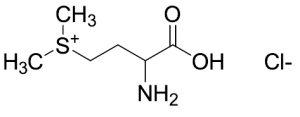
DL-Methionine Methylsulfonium Chloride
$120.75 Add to cart View Product DetailsMolecular Formula : C6H14ClNO2S
-
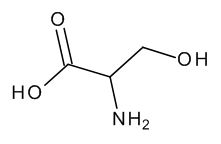
DL-Serine
$209.59 Add to cart View Product DetailsMolecular Formula : C3 H7 N O3
-

DNAM-1/CD226 Fc Chimera, Human
$103.50 Add to cart View Product DetailsDNAM-1 (DNAX accessory molecule-1), also known as CD226, platelet and T cell activation antigen 1 (PTA1) and TLiSA1, is a member of the Ig superfamily containing two Ig-like domains of the V set and is encoded by a gene on human chromosome 18q22.3. DNAM-1 is an activating receptor expressed on natural killer (NK) cells, CD8+ T cells, and other immune cells. Upon recognition of its ligands, CD155 and CD112, DNAM-1 promotes NK cell–mediated elimination of transformed and virus-infected cells. It also has a key role in expansion and maintenance of virus-specific memory NK cells. DNAM-1 is the cell surface receptor of NECTIN2. Upon ligand binding, it stimulates T cell proliferation and cytokine production, including that of IL2, IL5, IL10, IL13 and IFNG.
-

DNAM-1/CD226, His, Human
$103.50 Add to cart View Product DetailsCD226 (Cluster of Differentiation 226), also known as PTA1 (outdated term, ‘platelet and T cell activation antigen 1’)[5] or DNAM-1 (DNAX Accessory Molecule-1), is a ~65 kDa glycoprotein expressed on the surface of natural killer cells, platelets, monocytes and a subset of T cells. It is a member of the immunoglobulin superfamily. This protein is involved in intercellular adhesion, lymphocyte signaling, cytotoxicity and lymphokine secretion mediated by cytotoxic T-lymphocyte (CTL) and NK cell. It is the cell surface receptor for NECTIN2 and its main ligands are CD112 and CD155. It stimulates T-cell proliferation and cytokine production, including that of IL-2, IL-5, IL-10, IL-13, and IFNγ upon ligand binding.
-

Dodecylbenzene
$346.73 Add to cart View Product DetailsMolecular Formula : C18 H30
-

Dowex 1X4 Chloride Form
$138.86 Add to cart View Product DetailsMolecular Formula : (C10 H12 . C10 H10 . C8 H8 . C3 H9 N)x
-

Doxofylline
$1,065.19 Add to cart View Product DetailsMolecular Formula : C11 H14 N4 O4






